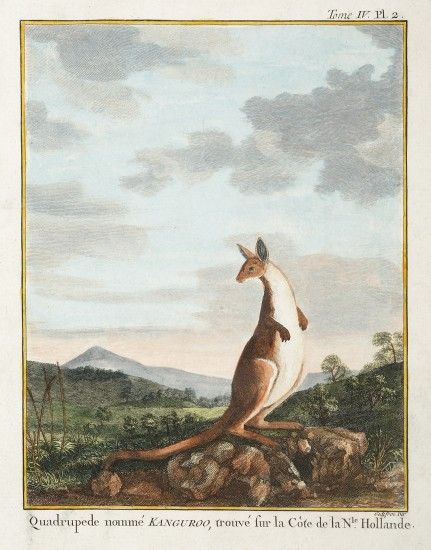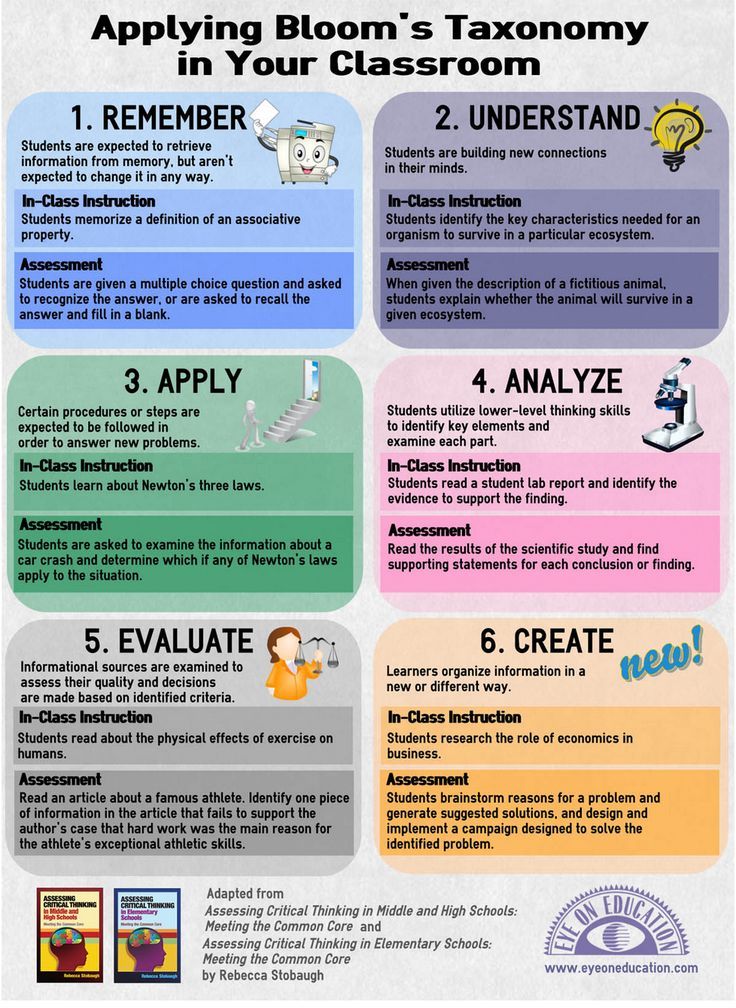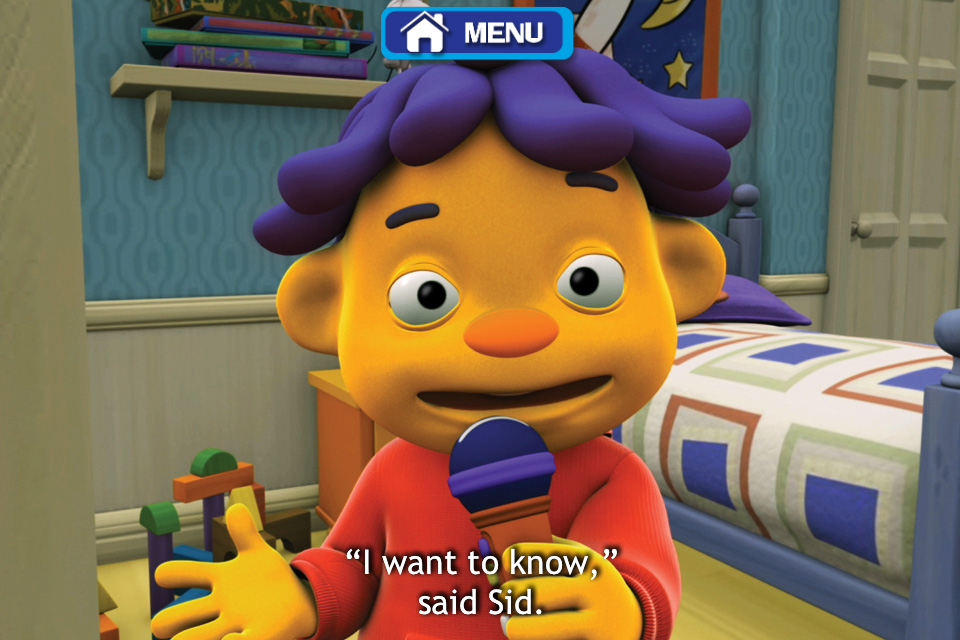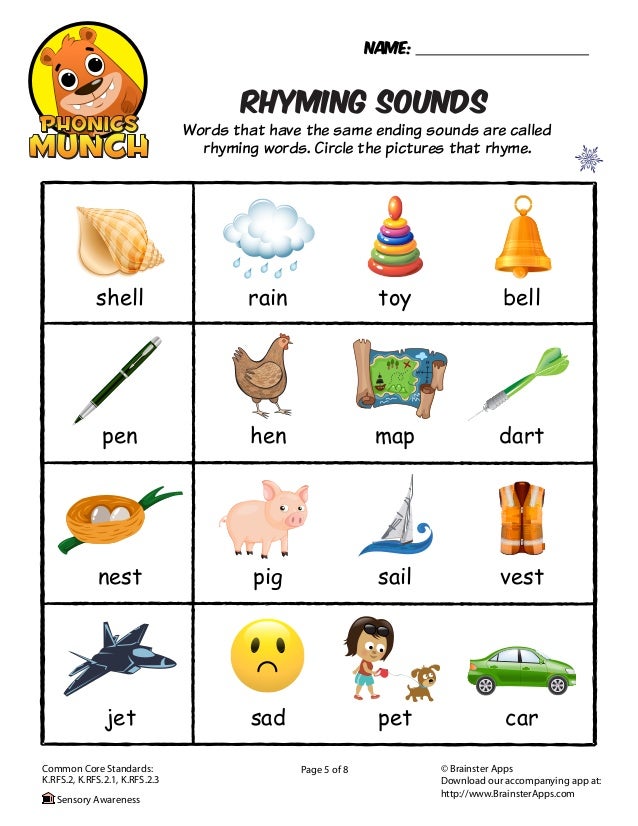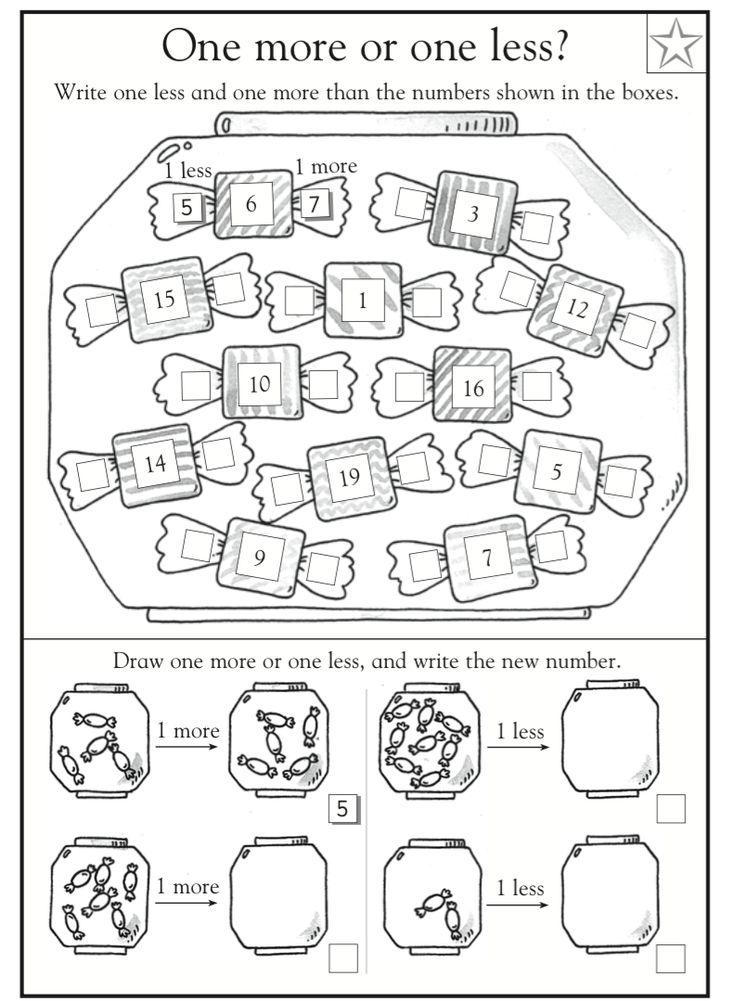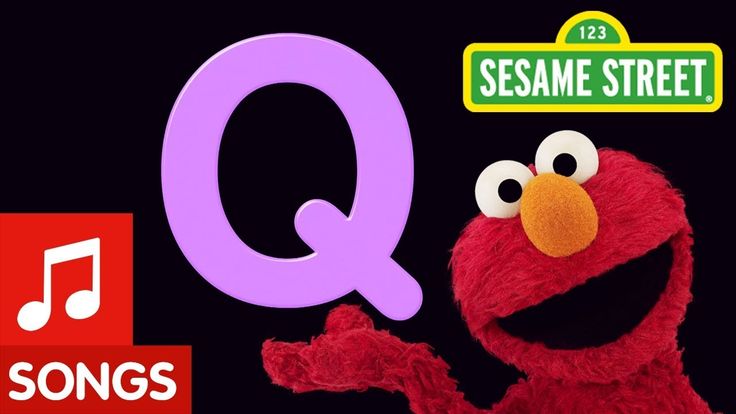Story of kangaroo
THE LITTLE KANGAROO WHO SAID ‘NO’
Bedtime Story for Children – THE LITTLE KANGAROO WHO SAID ‘NO’
Photo credit: seabreeze from morguefile.com
In a far away forest, on the edge of the town, lived a family of kangaroos. They were the mother kangaroo, the father kangaroo, Kinky the son kangaroo, and the little baby kangaroo who was just born, and lived in the mother’s pouch.
One day, mother Kangaroo asked Kinky to collect some sweet grass from the other side of the stream, for baby kangaroo. Kinky was a naughty boy. He did not want to work. He was lazy and only wanted to play. He fussed, and stamped his hoof, and said, “No, I don’t want to, I want to play with my friends.”
His mother said, “Now, Kinky do as you are told, that’s a good boy.”
But Kinky being a naughty boy just stamped his hoof and said, “No, No.”
His mother looked sad. She said, “If you don’t help me out in the house, then you shall have to sit in a corner and think about what you have said, whether it is right or wrong. ”
Kinky was still angry. He stomped off to the corner, sat on his hind feet, and thought for a long while.
When his mother called him, he said crossly, “What is it mother?”.
She asked, “Have you thought about helping me in my work in the house.”
Now Kinky was a stubborn boy. He did not want to do what his mother had asked him to do. In fact he did not like doing anything grownups asked him to do. So he shook his head, wiggled his ears and said “No” again.
His mother said, “Well, if you don’t listen, you shall stay in that corner and not go out to play for the rest of the day, and no dinner for you.”
Now Kinky did not like that. He stood upon his hind legs and looked out into the forest, and saw his friends playing and romping about. He was so angry that he thumped on the wall, stomped his hoof some more, and made loud noises. This disturbed the family as they sat down to have their lunch. His father came up, and scolded Kinky. But Kinky was still stubborn.
He continued to look out at the field. As he looked out he saw a butterfly dashing itself against the tree nearby again and again. It flew away a little and flew back again, hurting itself as it hit against the bark of the tree. He said aloud to the butterfly “Why are you so stubborn. dashing yourself against the bark of the tree which was so strong, however much you try, you will only get hurt”.
The little butterfly said, “I want to get behind the tree and hide myself from my family as I don’t want to go out with them, I just want to fly by myself.”
“Silly”, said Kinky, “why are you so stubborn.You will only hurt yourself some more. You should listen to your mother. If you make her happy, you will feel happy. ”
As soon as Kinky said this, he began to see how much he was like the butterfly. He did not please his mother, he made his family unhappy. In the end everyone was hurt, because he was so stubborn and selfish. His face became sad. He sat down, and tears came into his eyes.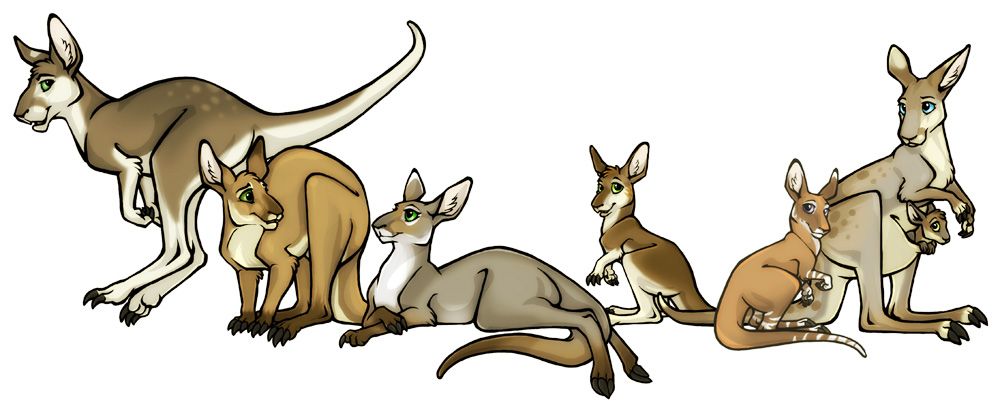 He felt sorry for having been so selfish.
He felt sorry for having been so selfish.
He ran to the other side of the stream, hopping away as fast as he could into the woods, tore off some sweet grass, came back as quickly as he could and laid the grass on baby kangaroo’s plate. His mother looked at him and smiled. His father grinned happily. He knew he was forgiven.
Ever after that Kinky was very happy to help his mother around the house and to be her little her little helper.
__END__
All About Kangaroos
None Spend time with baby kangaroo Joey and his family in the Australian grasslands. Have you ever wondered about kangaroos? You can’t outrun a kangaroo! Kangaroos are known for their superhigh and fast jumping. Meet Joey, the baby kangaroo. He lives with his large kangaroo family. As you travel with Joey through the Australian grasslands, learn about why he travels in his mom’s pouch; the different kinds of kangaroos; kangaroos’ big, strong legs for jumping; what they like to eat; how they stay clean; and how they are like their cousins the koalas. show full description Show Short Description
show full description Show Short Description Animals
Enjoy fun, animal stories for kids including bedtime favorites like Is Your Mama a Llama and Piggies in the Pumpkin Patch.
view all
Is Your Mama a Llama?
All About Kangaroos
Aggie and Ben: The Surprise
Aggie and Ben: Just Like Aggie
Aggie and Ben: The Scary Thing
Aggie the Brave: Get Well Soon
Aggie the Brave: A Visit to the Vet
Aggie the Brave: The Long Day
Good Dog, Aggie: Aggie At School
Good Dog, Aggie: Aggie in Training
Mechanimals
Click Clack Moo: Cows That Type
Who Am I? Wild Animals
Sweet Tweets: Five Little Ducks
Piggies in the Pumpkin Patch
One membership, two learning apps for ages 2-8.
TRY IT FOR FREE
Full Text
G’day! My name is Joey. I’m a baby kangaroo. I live in Australia! Do you want to see what it’s like to be a baby kangaroo in Australia? C’mon! Can you find me in this picture? I’m not the big kangaroo. That’s my mom. I’m the little guy down here in her pouch. Kangaroos have big, strong legs and feet that help us jump up and straight ahead. See my dad’s long legs and big back feet? He uses them to jump really high and super fast. Kangaroos live in big groups. I live with about 30 other kangaroos. There’s always a friend to play with. I’m not the only joey in Australia. Koala babies are called joeys too. Look, there’s one with his mom up in that tree. Hi Joey! I love being a baby kangaroo here in Australia. My favorite part is riding in my mom’s pouch. What’s your favorite part of being a kid where you live?
1
We take your child's unique passions
2
Add their current reading level
3
And create a personalized learn-to-read plan
4
That teaches them to read and love reading
TRY IT FOR FREE
Why a kangaroo? | Science and life
In July 1770, the English sailing ship Endeavor, led by Captain Cook, ran into a reef off the northeast coast of Australia, near the mouth of the river, which was later called Endeavor. While the ship was pulled off the reef and repaired, which took almost two months, the British managed to get a little acquainted with the natives and the fauna of the mainland, which was then called New Holland and was considered just a large island.
While the ship was pulled off the reef and repaired, which took almost two months, the British managed to get a little acquainted with the natives and the fauna of the mainland, which was then called New Holland and was considered just a large island.
The first image of a kangaroo in Europe. nine0003
View full size
‹
›
Soon Cook wrote in his diary: “Lieutenant John Gore, going ashore with a gun, was so lucky that he got one of the local animals that had long interested us ... Head, neck and the shoulders of the animal are very small in comparison with the rest of the body; the tail is almost as long as the whole body, it is thick near the body, and then tapers towards the end. The front legs of this individual are only 8 inches long, and the hind legs are two feet 20 inches. The animal moves in very long leaps or jumps, keeping its body upright. The skin is covered with short fur of a mouse or dark gray color, except for the head and ears, which are slightly similar in shape and color to a hare.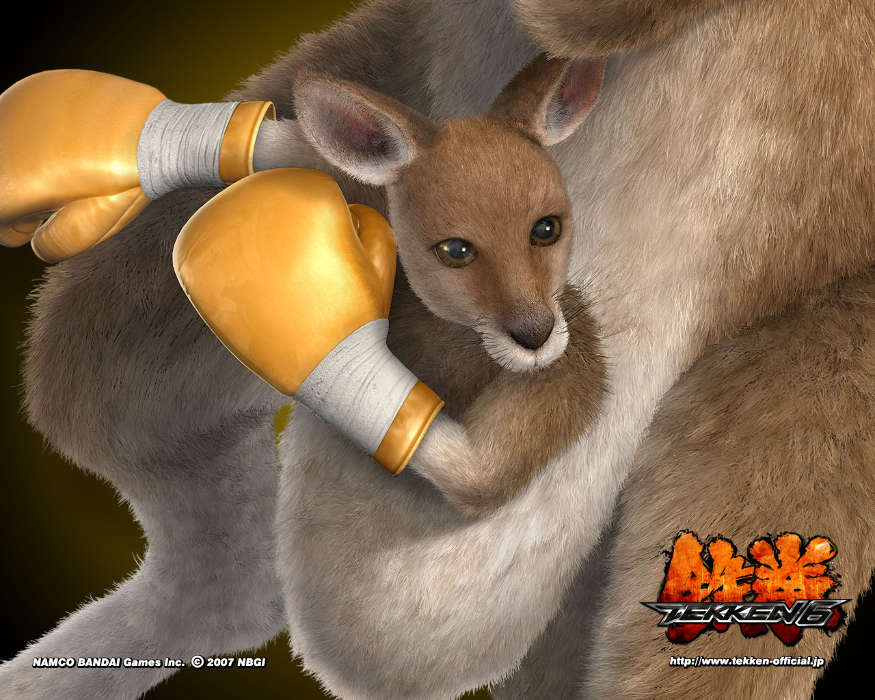 The locals call this animal the kangaroo. The next day it was butchered and cooked, and the meat turned out to be downright excellent in taste. nine0003
The locals call this animal the kangaroo. The next day it was butchered and cooked, and the meat turned out to be downright excellent in taste. nine0003
A little later, when new explorers landed in other parts of the mainland and asked the locals what these animals were called, the answers were completely different. Some natives even thought that the name "kangaroo" was brought with them by aliens.
Later, no one knows where the version came from: the word "kangaroo", with which the indigenous Australians answered the questions of the British, actually means "I don't understand you" in the local language. This version can be found in many books about animals and about Australia. nine0003
Half a century after Cook, Captain Philip Parker King landed at the mouth of the Endeavor River, from the locals he heard a completely different name for the Australian marsupial - minnar, or minua.
In 1850, the English ethnographer John Crawfurd wrote in the Journal of Indian Archipelago and East Asia Studies: “It is very interesting that this word, supposed to be Australian, does not occur in any of the languages of Australia and does not refer to any of the species of marsupials there. . Cook and his companions, calling this animal by that name, made some kind of mistake, but what it was, it is difficult to say. nine0003
. Cook and his companions, calling this animal by that name, made some kind of mistake, but what it was, it is difficult to say. nine0003
And only in 1971 the riddle was cleared up. Anthropologist John Haviland took up the study of the language of the Guugu Yimitir tribe, numbering about a thousand people and living 50 km north of the mouth of the Endeavor River. In Cook's time, the tribe lived in the lower reaches of this river. Haviland discovered that the big gray kangaroo is called gangurru in their language. But then why was Captain King given a different name in 1820? It turned out that this species is rare in this area and is generally not common near the ocean coast. The word minha, which King wrote down as minnar, or minua, in the language of the same Guugu Yimitir simply means "meat" or "edible animal." Apparently, the natives with whom King spoke did not know its name, they only knew that it was good for food. nine0003
By the way, "kangaroo" is one of the few words of Australian origin that are included in all languages of the world.
Scientists have found out when kangaroos appeared and why they learned to jump /Corr. TASS Anna Arkaeva/. About 30 million years ago in the Australian rainforest, a small possum-like animal descended from the trees, learned to cross the vast plains of the continent and became the ancestor of the Australian kangaroos. The ABC television and radio corporation spoke in detail about the history of their origin and development. nine0003
Scientists from the University of Melbourne, Australia, together with colleagues from the Queensland University of Technology, conducted a full-scale study of modern kangaroos and analyzed DNA extracted from the fossils of their distant ancestors in order to understand when and how these animals appeared in Australia.
They are so different
One of the most famous ancestors of modern kangaroos was the prehistoric Protocoptodon, a 300-kilogram representative of the megafauna of the continent, which became extinct about 15 million years ago. Scientists believe that he was so big that he did not move like modern marsupials - by jumping, but walked on his hind legs, like a real dinosaur. “It is their descendants that we see when we observe the largest red kangaroos in Australia. These beauties are still impressive today - under two meters tall and weighing 100 kg, looking at them, you can imagine what their giant ancestors looked like,” says environmentalist, wildlife researcher from the University of Melbourne Graham Coulson. nine0003
Scientists believe that he was so big that he did not move like modern marsupials - by jumping, but walked on his hind legs, like a real dinosaur. “It is their descendants that we see when we observe the largest red kangaroos in Australia. These beauties are still impressive today - under two meters tall and weighing 100 kg, looking at them, you can imagine what their giant ancestors looked like,” says environmentalist, wildlife researcher from the University of Melbourne Graham Coulson. nine0003
However, according to the scientist, among the ancestors of kangaroos, which appeared about 30 million years ago, there were not only giants, but also very tiny creatures. “Today, in the rainforests of Queensland, you can find an amazing creature - a musky kangaroo rat. It fits in the palm of an adult and weighs less than half a kilogram, but this species is unique, because it has existed for tens of millions of years,” explains Coulson. decreased, and this crumb remained almost exactly the same as her distant ancestors were.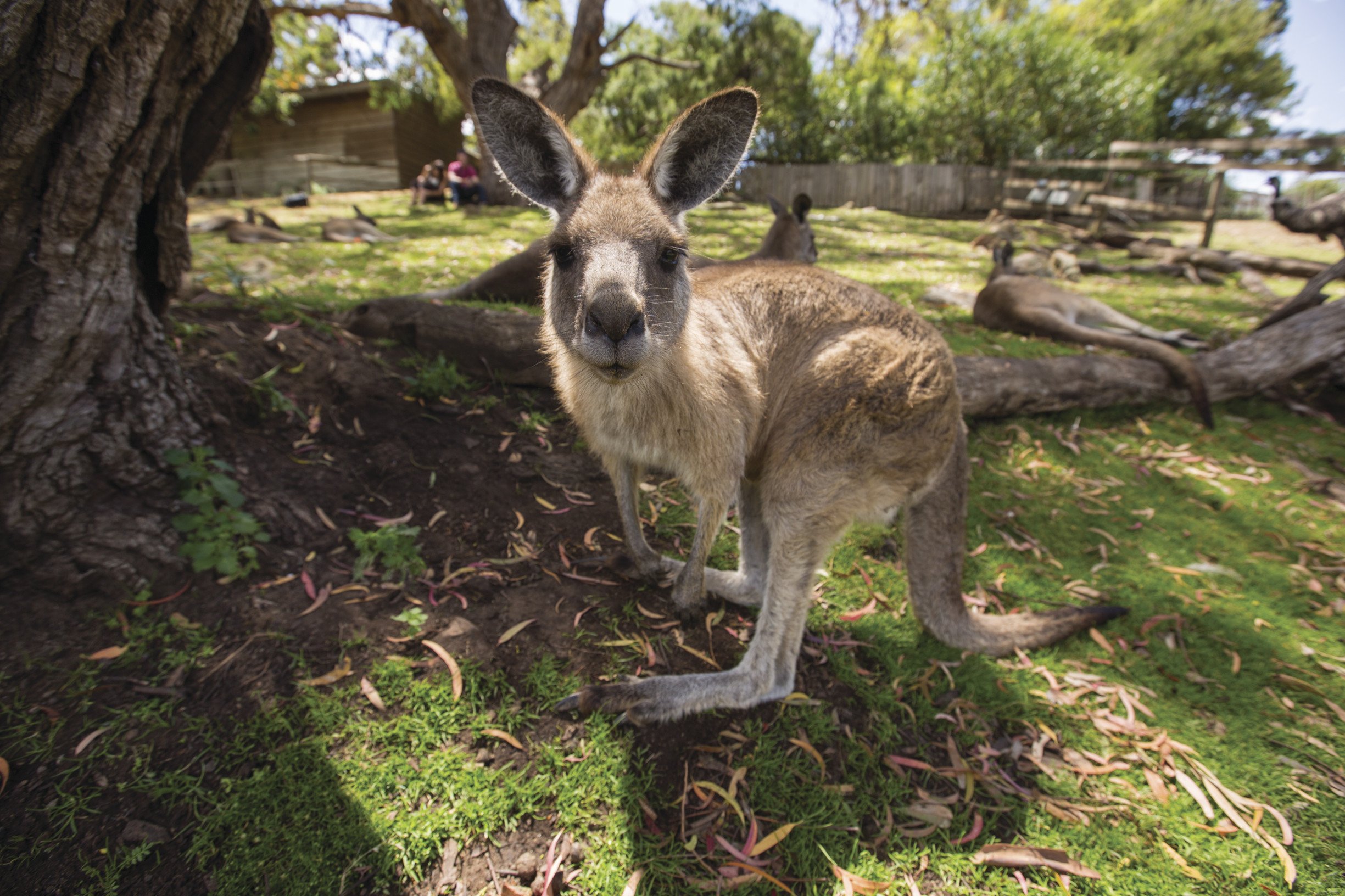 nine0003
nine0003
Large and small
In general, in Australia, kangaroos are divided into two large species: in fact, kangaroos (these include large species - red, as well as eastern and western gray kangaroos) and wallabies (small animals that prefer a nocturnal lifestyle). “Of course, the division into kangaroos and wallabies is very conditional, one might even say almost philistine. It may seem that the difference is only in size, however, in fact, these animals have a different structure of teeth, habitat, diet and, of course, also differ. , a genetic set," the scientist clarifies. nine0003
At the same time, their first ancestor was common and it is closest not to ordinary kangaroos, but to a small musky rat. Musk chain-legged kangaroo or musky kangaroo rat is the only representative of its kind. A small animal that lives only in tropical forests on the northeast coast of Australia. The body length of a rat rarely exceeds 25 cm, weight - about 400 g. Outwardly, the musky kangaroo is similar to an ordinary rat, but this marsupial animal is able to jump on its hind legs, like a real kangaroo, of which it is a distant relative.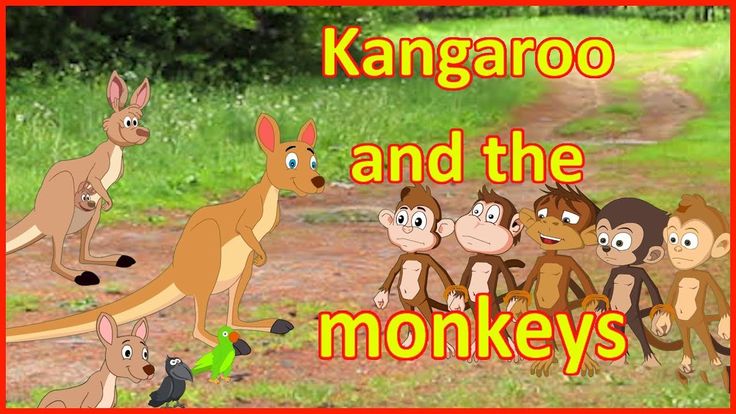 nine0003
nine0003
Unique kangaroos
The first ancestors of modern kangaroos lived in trees and ate leaves, mushrooms and fruits. Later, some species remained in the shadow of the forests, others came out onto the wide plains. "The success of this species is precisely in its excellent ability to adapt: they learned to eat tough grass, chewing dry stems for hours and learned to use their long tail, leaning on it when moving slowly or in fights," says Matthew Phillips, a biologist at the Queensland University of Technology. nine0003
Having adapted to live on wide plains, kangaroos have become the most efficient jumpers among animals and have learned to reach speeds of up to 64 km / h. "Amazing creatures whose hind limbs are perfect for jumping and their front limbs for digging. That's how they lived at the dawn of civilization," says Dr. Natalie Warburton, from Murdoch University.
It is also reported that these animals are the only creatures on the planet that have mastered the so-called five-sided walking.